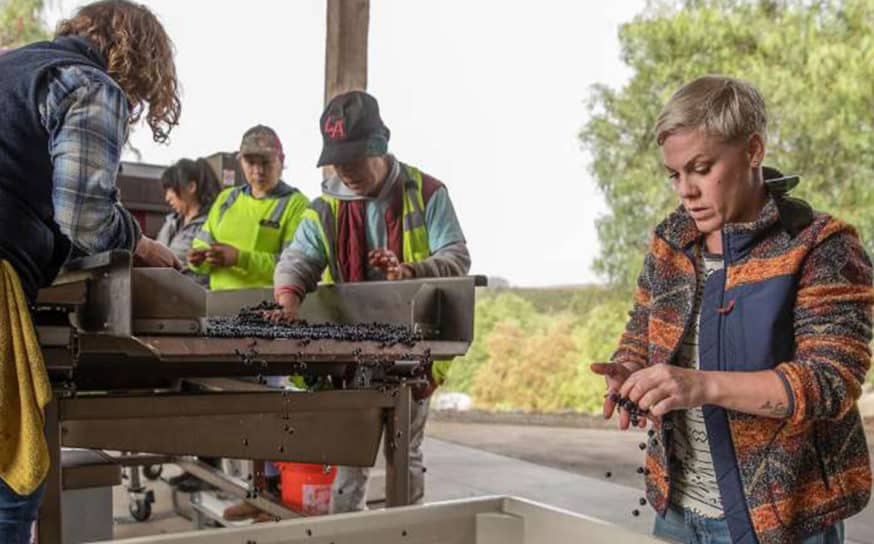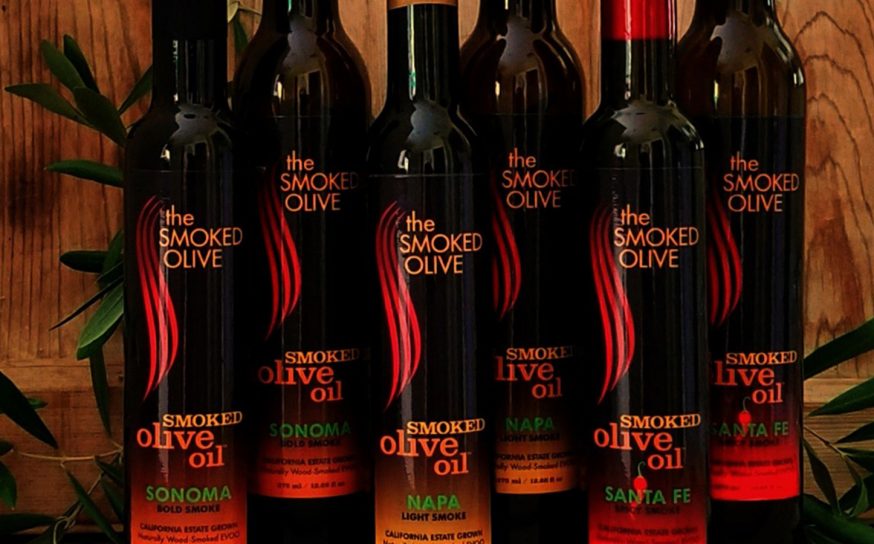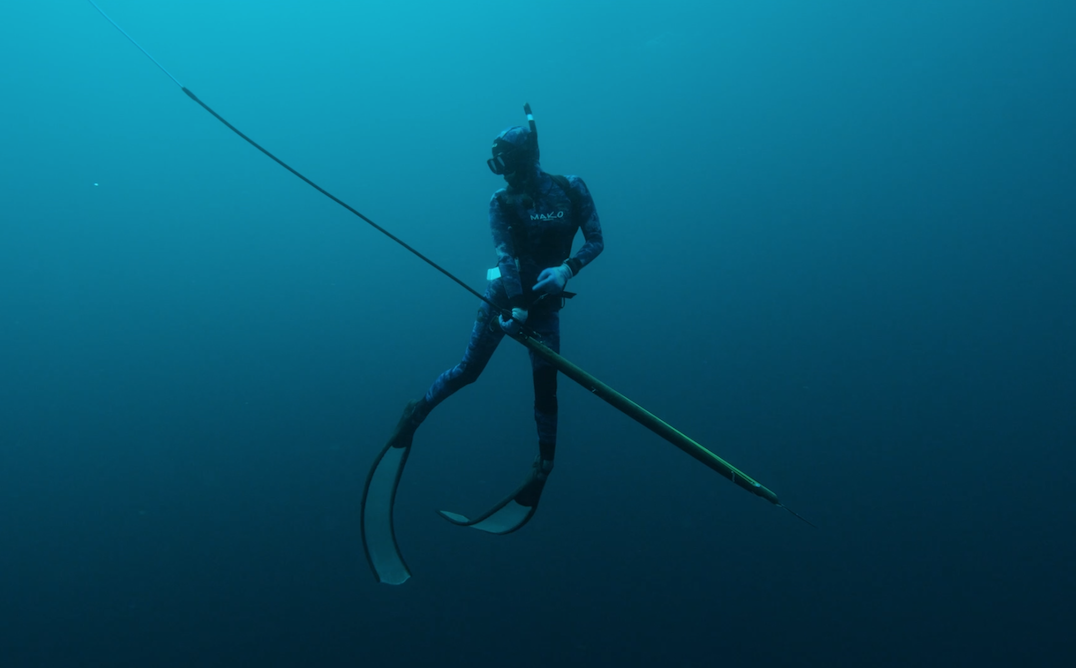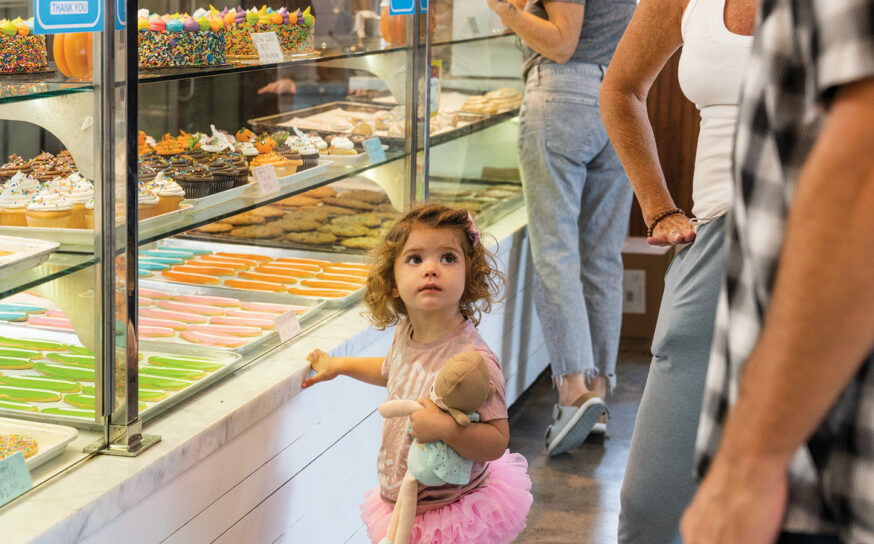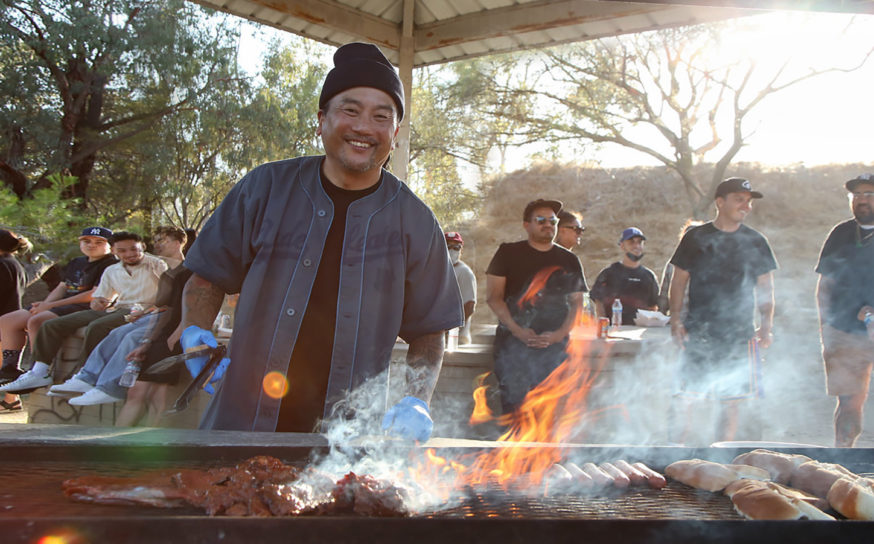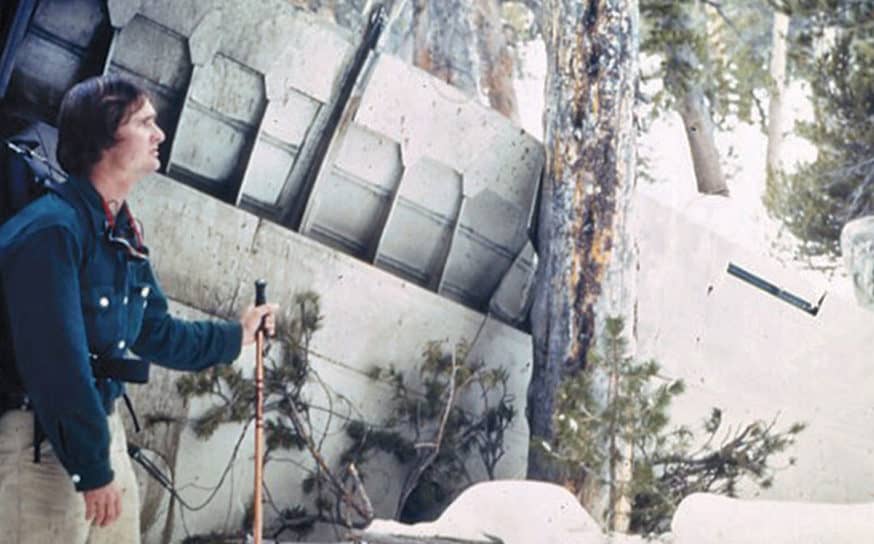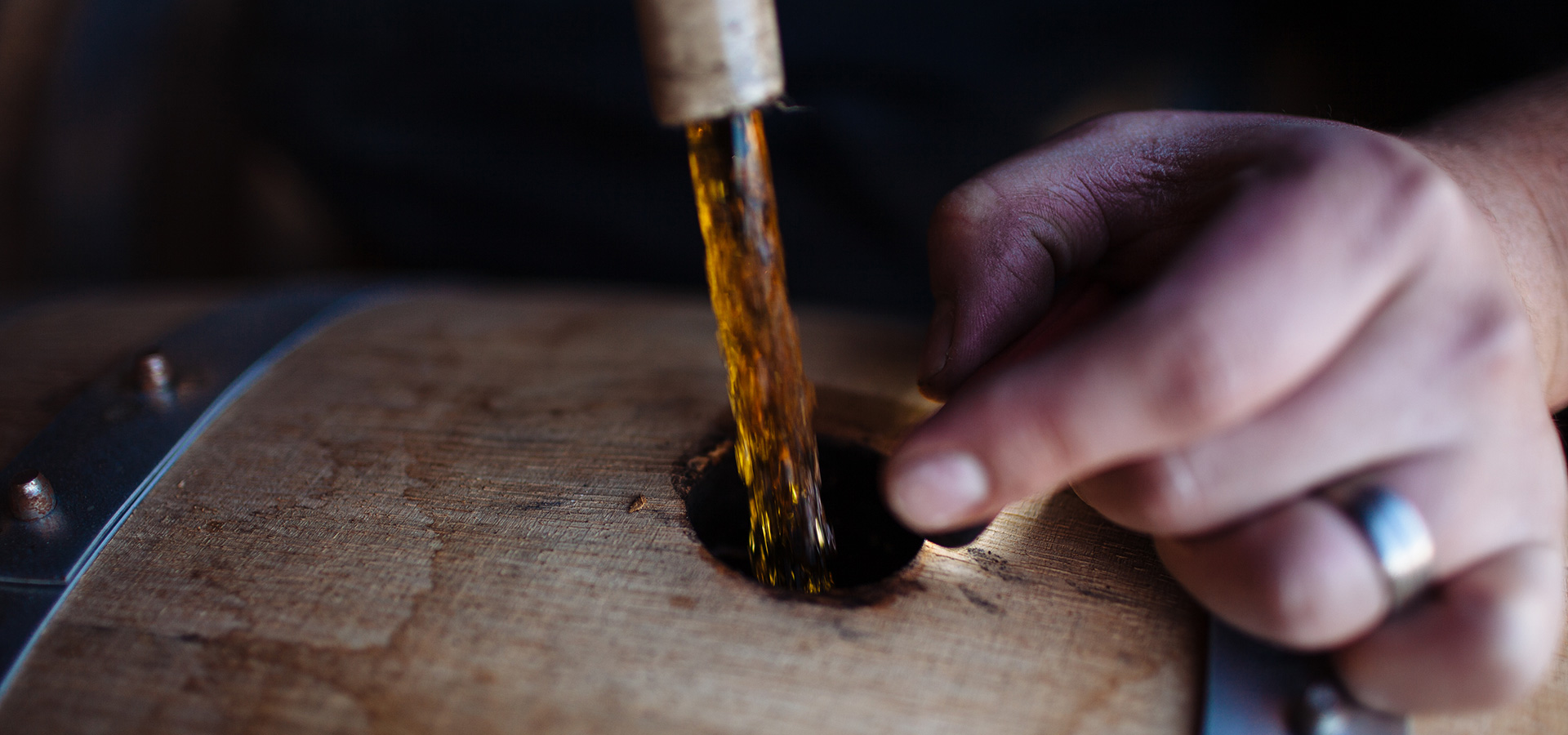
Wine-Obsessed Sonoma Makes Room for Whiskey
Meet California’s catcher of the rye … Adam Spiegel of Sonoma County Distilling.
-
CategoryFarm + Table, Makers + Entrepreneurs
-
Interviewed byDarren Elms
Sonoma is world famous for its delicious wines … but whiskey? Adam Spiegel of Sonoma County Distilling wants to expand your palate—and mind—when it comes to adult beverages in this fruitful section of California.
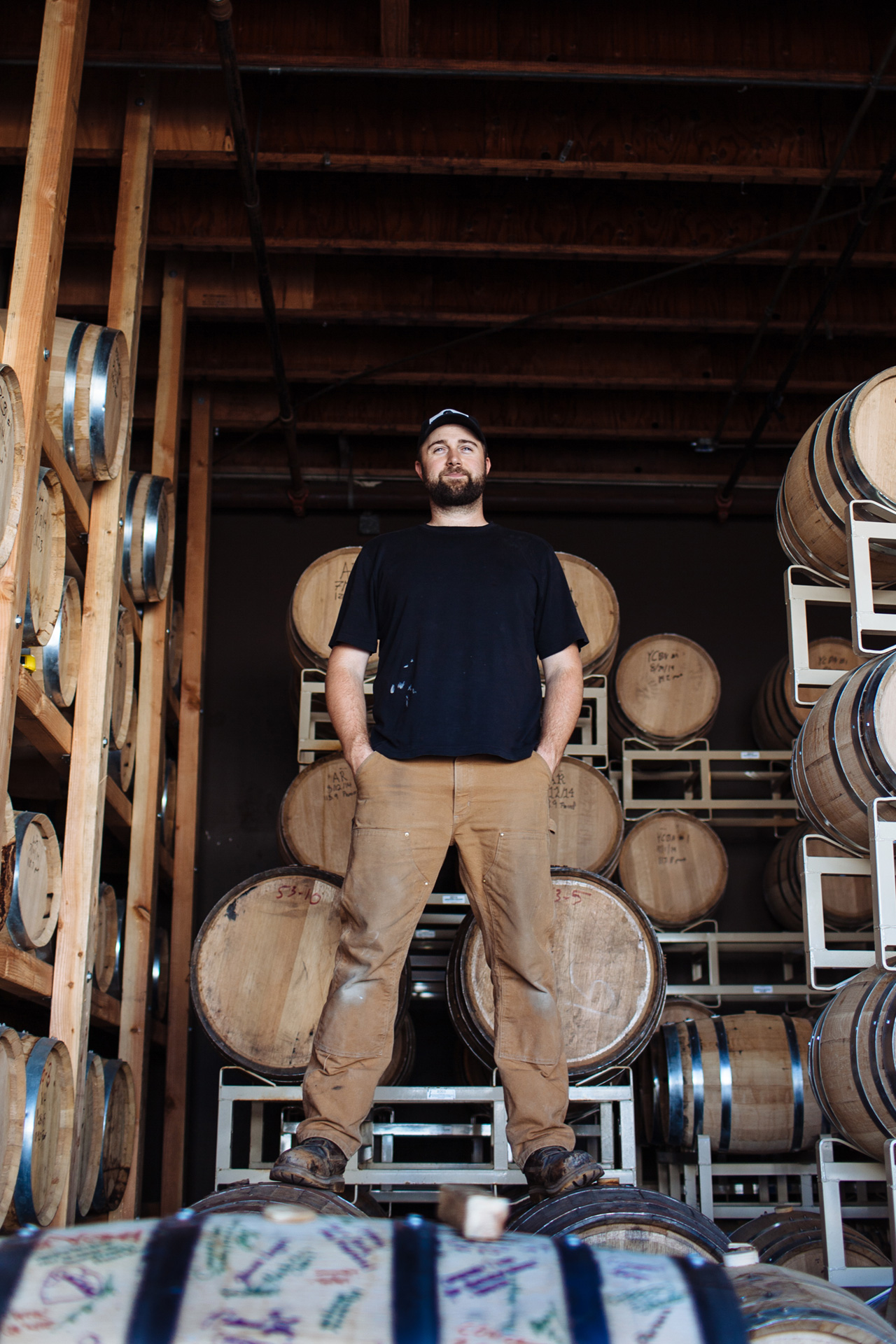
Hey Adam … How the heck did you end up in the whiskey world?
AS: I was working in the financial industry and when the economic crisis hit in 2008, like thousands of others across the country, I found myself without a job. It was a real wake-up call for me. I knew from then on that I wanted to create something tangible and pursue a career that would take me a lifetime to master and create something with my hands from scratch. I also wanted to build a legacy brand and that it could someday grow to outlive my wife and me and then be passed along to my children, to their children and beyond.
I’ve always had an interest in wine, beer and spirits, and it was after I started helping a friend make whiskey up here in Sonoma County in 2008 that I realized that what we were making tasted better than what we found in the stores. I fell in love with the “artesian-ness” of the whiskey making process and the tart and skill required for it to be made well. We opened our doors in 2010 as 1512 Spirits in a 784-square-foot space, our original distillery, located around the corner from where we are now. In 2013, I bought out my old business partner and rebranded as the Sonoma County Distilling Company. We continue to focus on making whiskey and have two rye whiskeys and three bourbon styles in our portfolio.
What was particularly appealing to you about rye whiskey?
AS: Rye is an incredibly robust, spicy and dynamic grain. When not used to make rye whiskey, rye is typically a great secondary or tertiary grain in bourbons for adding spice, complexity and structure. Making 100% rye took a while to master but I’m happy to report, seven years in, that we consistently nail it. Any home brewer or distiller will tell you that rye is a very sticky grain and will burn easily in a mash tun. Even the big guys typically don’t exceed 95% rye and use some malted barley to protect the mash from burning by keeping it moving. I wanted to make rye and didn’t want corn or barley to manipulate a pure rye flavor spectrum. That’s what drew me to rye whiskey: the quest to make the best representation of all that rye is.

What’s the process like?
AS: Nine years of distillation, learning, hard work, successes, failures, blood, sweat and tears.
To make whiskey: mash cooking one day, fermentation 5-7 days, barreling one hour, barrel aging 1-4 years depending on the size of the barrel (smallest cooperage is 15-gallons and ages no more than two years but 30 to 53 gallon barrels age 2-9 years, 30 is less, 53 is more), blending and proofing down one month minimum, bottling two days, and so on. As my Scottish friends say, “We are literally bottling history, one bottle at a time.”
How does it feel being a whiskey distiller in the land of wine grapes?
AS: Great. Winemakers like drinking whiskey and so do brewers. Whiskey makers drink wine and beer. It’s a symbiotic relationship. I also pull many influences from the well-established wine and beer industries around me. Tasting rooms, vintages, family businesses, trade organizations, appellation protections, lobbyists, scaling, playing nicely with competitors and so many more … I love how many wineries and breweries were recommending us to their patrons.
For, the same reason grapes grow so well, the consistent flux of the climate around us makes for great whiskey too. We love hot and cold movements daily if not hourly if possible. In Kentucky, it’s hot and stays hot, and it’s cold and stays cold.

What about your product is distinctly Californian?
AS: Most people are familiar with bourbons from Kentucky. Those bourbons are usually sweeter, both intentionally and because of the climate in the Southeast. I wanted to make a dry to semi-dry bourbon to allow it to be paired with food, as sweeter whiskeys can be more difficult, and allow that characteristic to be a distinctly Sonoma or California style. We also pull a lot of salinity and salt from the coastal fog that settles in the valley most mornings and that flavor seeps into our barrels and fermentations.
Any local fare you like to pair with your whiskey?
AS: I love that you asked this question because I think it’s something that’s not being discussed enough. I’ve always made it a point in every presentation and tradeshow pouring to discuss food pairings with our whiskey. Many people don’t know that Sonoma County has some amazing cheeseries. In particular I like firm, nutty cheeses with my bourbon and rye whiskeys. Point Reyes Farmstead’s Bay Blue or Cypress Grove Humboldt Fog or Cowgirl Creamery’s Red Hawk, or any Dry Monterey Jack or Manchego, will pair great. For my rye whiskey I prefer chopped salads and dry aged steaks, and for my Cherrywood Smoked Bourbon, head to BUD’s Custom Meats in Penngrove for boar, venison or elk. I even experiment with other gamier meats.

I also understand you are mostly GMO free. Tell me about your decision to go that route.
AS: We are largely GMO free and have switched to organic rye and wheat. Our corn is 78% non-GMO verified but we have had a heck of a time finding the right corn that is GMO free. We also have to have the right equipment to handle it and we are pushing every day to be 100% GMO free. Why? GMOs have been created for generations. But, the new round is bad for the environment, untested for use on people and, in my humble opinion, has gone too far. So, I choose to support farmers who don’t grow GMO crops. By neglecting those that do, I hope to encourage change. We also sell overseas, and Europe is very particular about the products they allow in. For the same reason, even the big guys use non-GMO grains. We are looking 5 to 10 years into the future and know that GMOs are a non-starter.
What’s next for Sonoma County Distilling?
AS: Our goal is to make the best whiskey that we can. We are expanding our production in 2018 and making even more great whiskey. By this time next year we will be in a facility twice the size so we can make our products more readily available.
Her Name Is Pink, but Her Wines Are Anything But …
The recording artist makes a bold entry in California winemaking.
A Stanford Engineer Creates a Synthetic Treatment for Lung Disease
The less costly surfactant may be the key to easing respiratory distress in some patients.
Holy Smokes! How a Petaluma Couple Set the Olive Oil Business on Fire
When his grandfather appeared in a dream and told him to smoke olive oil, entrepreneur Al Hartman decided to give it a try.



